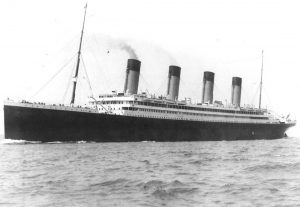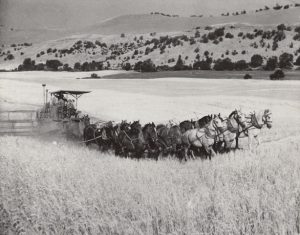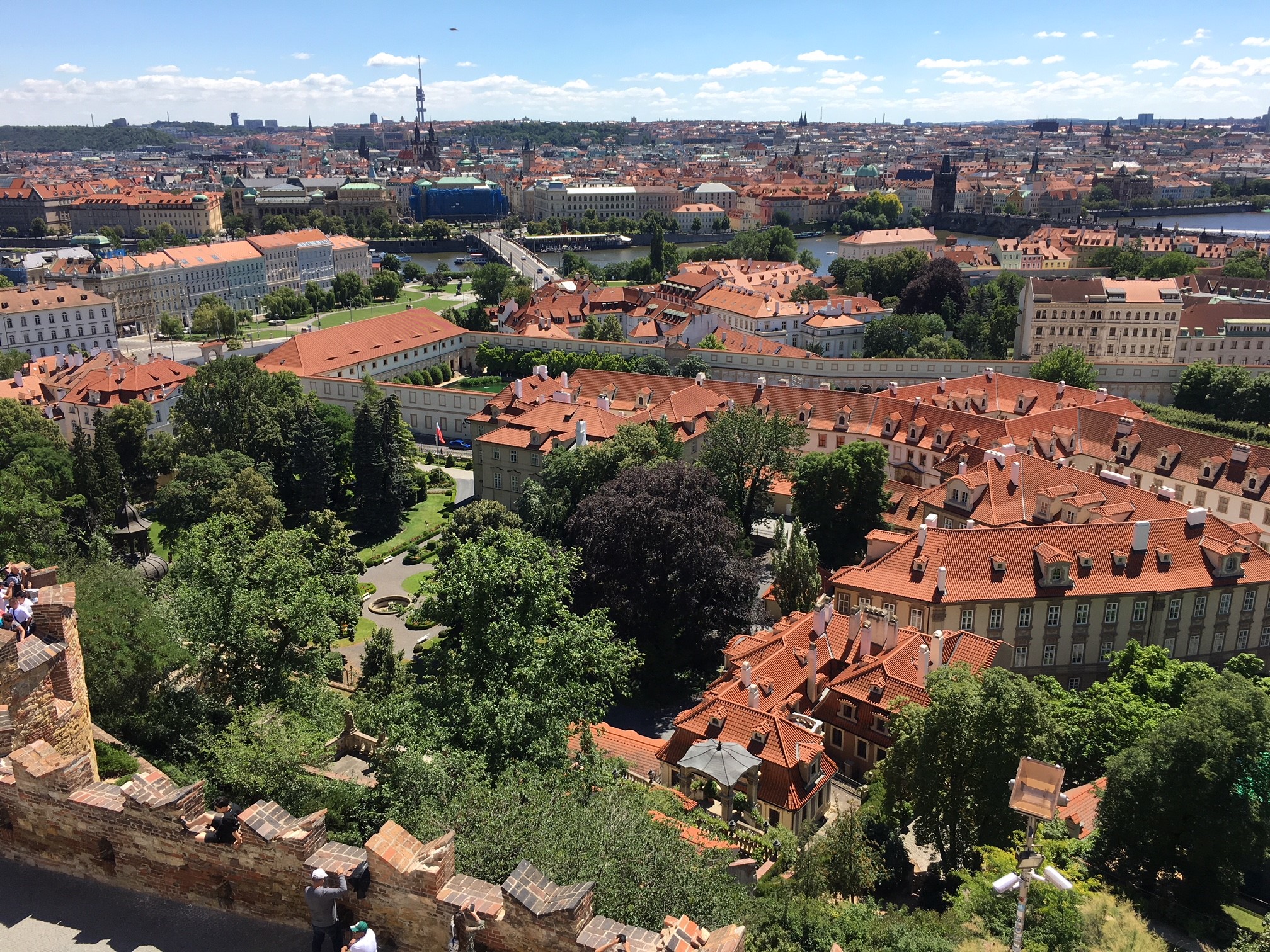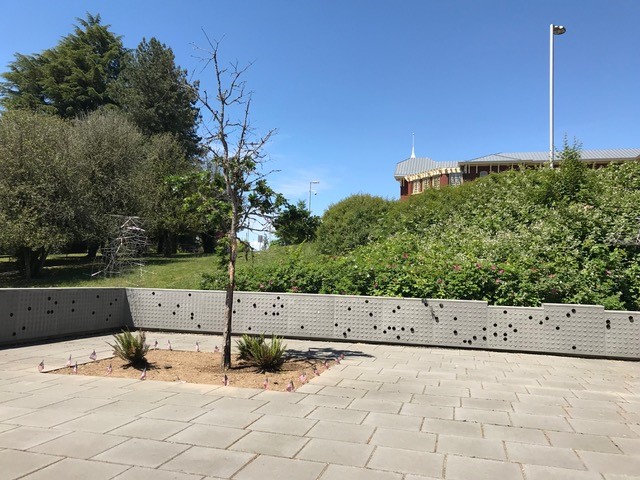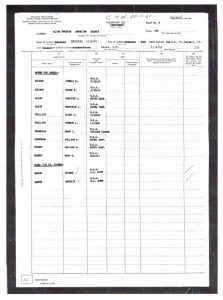
While researching family stories for verification (and, let’s face it, amusement), I began to think that we all face the same questions: “Huh?” turns into “Why did he/she/they do that?,” which morphs into “What?!,” which then becomes “What were they thinking?!?!” We look for the truth but often find muddled facts, conflicting stories, and outright prevarications.
I discovered with the help of a maternal cousin that one of our ancestors, Shadrack Ireland (1718–1780), was something of a rogue/cad/religious nut. Sure enough, when I read about his life, history knows him as a pipe maker, carpenter, and “religious leader” who espoused Perfectionism at the time of The Great Awakening, a Christian revival in the 1730s and ‘40s. Continue reading Tell me no lies
